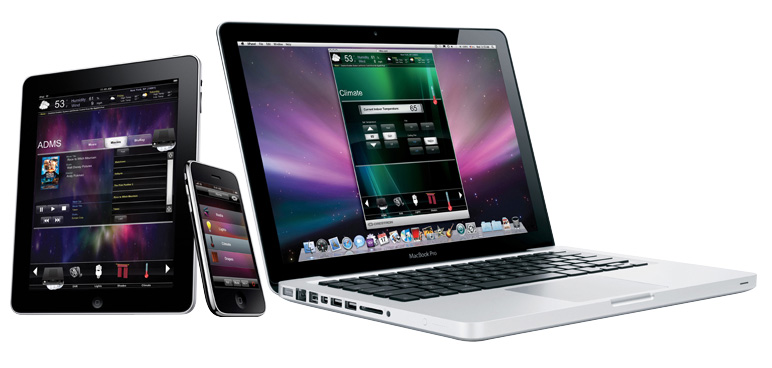Twenty years ago, a particularly technologically minded individual might have a Walkman for Music, a Desktop computer at home, a television for nightly entertainment, a camera to record memorable moments, a pager for business alerts, a cellphone out of home communication, and perhaps a primitive laptop at his workplace.
Merely two decades later, many households have reduced this wide swath of electronics with a mere three devices; a Smartphone, a laptop, a television. Even among these, the capacities provided are increasingly overlapping, with videos being available via services such as Netflix, online capacity for all devices, applications and data readily transferable from one to another. Not only are our needs being satisfied, modern computerization has allowed a far greater value to be derived, much of which consumers wouldn’t have even known before a generation ago. Textbooks and novels could be read online with E-book functions, communication and travel has been greatly facilitated, and mobile Apps can provide literally any service imaginable.
With this trend emerging, this had me wondering about the future of our modern high tech industries. When targeting market opportunities, we learn to segment markets to fulfill the needs of buyers and increase value. Does it mean of us then if a single product would eventually satisfy not only multiple market segments, but all market segments within the broader portable computing market?
Could there really be a single product, which when marketed to multiple market segments, will be able to fulfill all consumer needs?
This in itself creates yet another issue. As technology progresses, and the complexity of these multi-function devices advance, fewer and fewer companies are capable to competing in this increasingly cut-throat market. Companies which formerly existed independently of each other are now engaged in heavy competition over the same market, as is the case with Google and Apple. Entire markets, such as the handheld cameras, have been eradicated outside of niche specialties to the detriment of former giants such as Kodiak. Even companies formerly at the innovative tip of their market such as Nokia and Blackberry have fallen behind when entire markets merge together, which occurred with phones, computers, and cameras merged in the Smartphone. Those who remain either rely on partnerships with larger and wealthy companies to maintain the Research and Development required to stay competitive, or are subsumed by the few truly visionary corporations; Apple, Samsung, Google, Microsoft, and their like.

